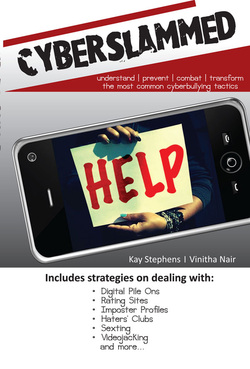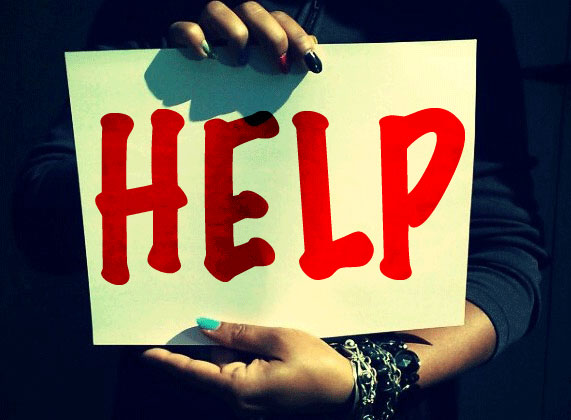
You can't stop cyberbulling if you can't define it. Our new digital savvy online class series will get you up to speed quickly on the tactics, techie apps and behaviors that lead to negative online interactions so you can be prepared to help a teen in your life prevent getting cyberbullied. This overview is the first in our six-part series.
Click here to watch the short 8 min webinar.
Get all of the tactics in one book and prepare your child to recognize and defuse certain types of cyberbullying. Sale: $12.50 Buy The Book




 RSS Feed
RSS Feed